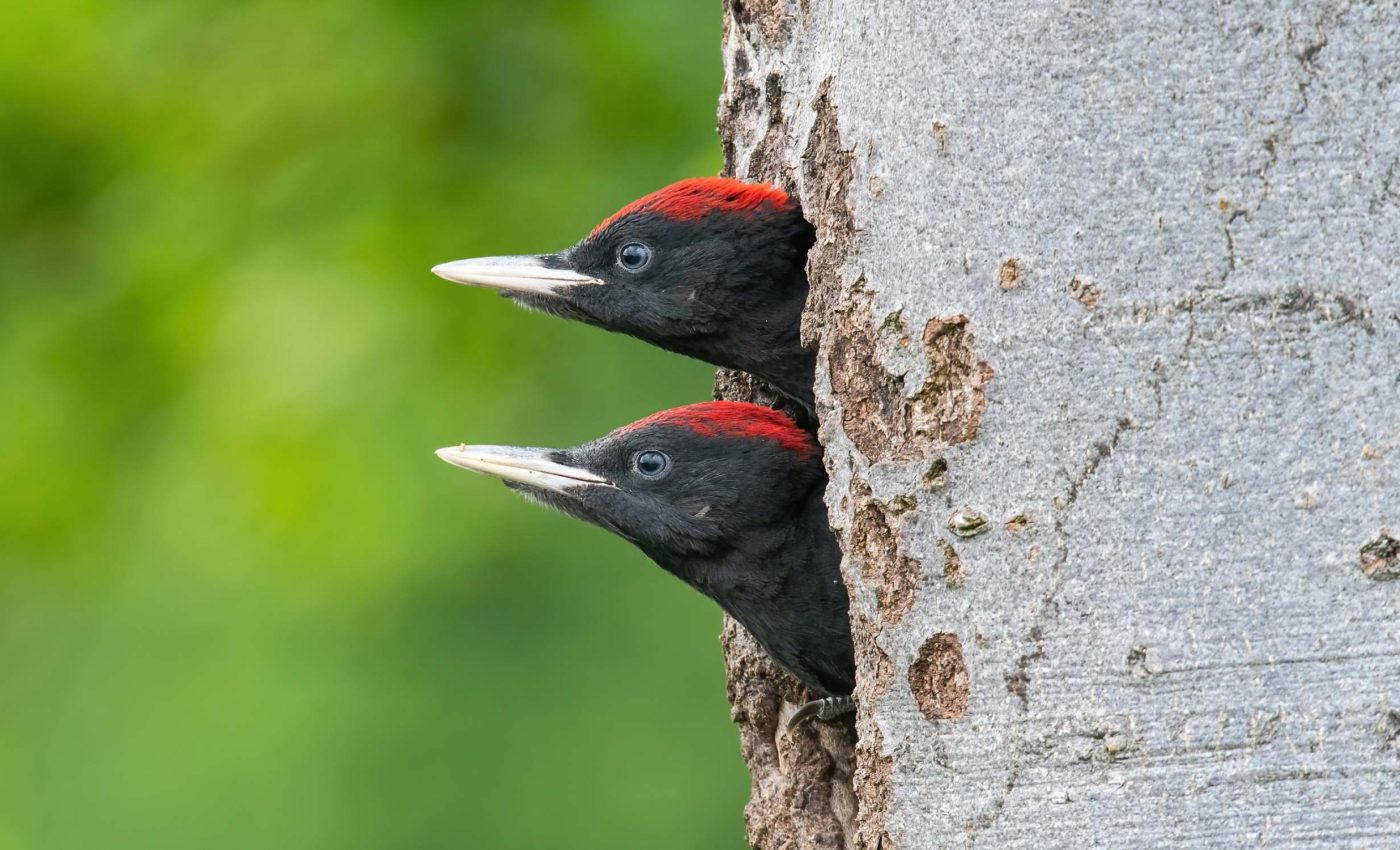
Nature might repeat evolution under pressure
Scientists have long questioned if evolution repeats or if chance drives every turn. A new study shows that in some birds, evolution may repeat itself – especially in how they fight for limited nesting spots.
Experts noticed that particular species of cavity-nesting birds share striking behavioral similarities. These species also display matching genetic changes, implying that repeated aggression could be tied to repeated patterns in the brain.
This new work is led by Kimberly Rosvall, an associate professor in the Indiana University College of Arts and Sciences’ Department of Biology, who teamed up with Sara Lipshutz, an assistant professor of biology at Duke University. Their collective effort hints at a consistent blueprint for how certain traits evolve over time.
Birds fight hard for nest spots
Securing a hole in a tree can decide which birds get to breed. When those holes are in short supply, some species show a strong push to ward off intruders.
“I have been studying cavity-nesters, like tree swallows and bluebirds, for over 20 years. We knew they fiercely defend their nesting territories, including those human-made bird boxes you might see in your local park,” said Rosvall.
That protective streak appears consistent across several unrelated birds. Each time a lineage became reliant on enclosed nests, aggression rose in parallel.
Bird clashes show repeated patterns
The researchers introduced a stuffed decoy and broadcast recorded bird calls to see how real birds responded. Flares of hostility revealed how serious a species is about defending its site.
They noticed that a handful of these birds engaged quickly and confronted the decoy. Others, less tied to cavities, didn’t show the same intensity.
In each case, bold defenders shared a special signature in their brains. The team combed through more than 10,000 genes, spotting a small subset that kept popping up when aggression levels were high.
Few genes drive repeated aggression
“It’s a small number of genes, but it’s exciting because evolution did repeat itself,” Rosvall said.
These genes might be key switches that help a bird ramp up hostility to secure a limited commodity. A bigger group of genes also turned up in certain lineages, pointing to multiple routes to the same end.
Those separate routes show that even with similar results, each bird family might get there in unique ways. Yet the shared core suggests a common guidebook exists whenever competition spikes.
Brain changes repeat in bird evolution
“Instead, we saw convergent increases in aggression linked to genes with connections to neurodegenerative disorders,” Rosvall said.
One unexpected twist linked strong aggression to certain molecules commonly tied to neurodegenerative disorders in humans.
Researchers stress that the birds themselves are not at high risk for human diseases. However, seeing how evolution shapes these genes might inform future studies that look at how the brain changes across species.
Evolution repetition and behavior studies
Findings that compare natural selection to an artist have cropped up in past studies. As environments shift, a repeated call for certain strategies may draw on the same genetic toolkit.
Scientists hope this knowledge can broaden our understanding of how traits emerge. That might eventually shape how we address behavior-related conditions in other animals.
Genes adjust aggression under pressure
Some species rely on a high-alert stance for their survival. Others benefit from more flexible approaches.
Rosvall and Lipshutz’s team shows that aggression can be fine-tuned by genes activated under competitive pressure. They also confirm that convergent evolution can affect the complex interplay between behavior and the brain.
Every time these birds faced tough nesting conditions, evolution seemed to repeat the same blueprint. This happened even across different branches of the avian family tree.
Nest fights, stress, and behavior
People who watch birds in neighborhood parks may notice them skirmishing over nest boxes. Although we often think of birds as gentle creatures, competition can push them into surprising battles.
This could serve as a powerful example of how ecological stress influences social interactions. It also challenges the notion that complicated behaviors are always shaped by separate genetic routes.
Shared genes may shape many traits
Recognizing that aggression might recruit the same genes over and over helps us predict patterns in nature. Observers might wonder if other traits, from feeding habits to migration, follow a similar code.
Researchers suspect that future work could reveal shared pathways in many animals. Such comparisons may illuminate how small genetic changes reverberate through entire behaviors.
Evolution tends to repeat itself
Rivalries for prime real estate can spark bold reactions in the bird world. There’s a chance that wherever competition erupts, evolution leans on similar strategies.
In this study, repeated patterns in aggression and gene expression show that evolution tends to repeat. This consistency spans millions of years, suggesting some evolutionary solutions keep working again and again.
The study is published in Nature Ecology & Evolution.
—–
Like what you read? Subscribe to our newsletter for engaging articles, exclusive content, and the latest updates.
Check us out on EarthSnap, a free app brought to you by Eric Ralls and Earth.com.
—–













